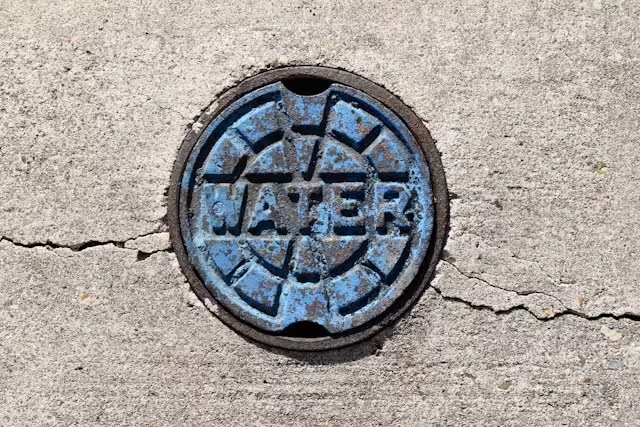The silent network beneath our cities—a complex web of pipes, pumps, and reservoirs—is the lifeblood of urban existence. Yet, this critical infrastructure is facing unprecedented strain. In the United States alone, an estimated 2.1 trillion gallons of treated water are lost each year due to leaks from aging systems. This staggering figure represents not only a monumental waste of a precious resource but also a significant financial drain on municipalities, a concept known in the industry as non-revenue water.
For decades, the standard approach to urban water resource management has been largely reactive. We wait for a water main to break and flood a street, for a resident to report low pressure, or for routine, often inefficient, manual inspections to uncover problems. This model is no longer sustainable in an era of growing populations and increasing climate uncertainty.
The future of effective water resource management hinges on a fundamental shift from reaction to proaction. We must leverage technology to create intelligent, responsive, and efficient systems. This is where geofencing emerges not simply as a novel tool, but as a foundational strategy for transforming how cities handle their water. By creating smart, virtual boundaries around every component of a water network, we can empower utilities with real-time data and automated alerts, turning a passive system into an active, self-monitoring one. This article will detail the primary operational and financial benefits of integrating geofencing into your city’s water resource management plan, demonstrating how this technology is essential for building a more resilient and sustainable urban future.
Foundational Concept: What is Geofencing in Water Management?

At its core, the concept of geofencing is straightforward. A geofence is a virtual perimeter, or a digital boundary, created around a specific real-world geographical area. Think of it as drawing an invisible circle or polygon on a map. This is accomplished using modern location technologies like the Global Positioning System (GPS), which most of us have in our phones, or other systems like Radio-Frequency Identification (RFID). The real power of the geofence comes from what happens next. When a person or an object carrying a location-aware device—such as a maintenance vehicle, a field technician’s smartphone, or a specialized sensor—crosses this invisible boundary, it triggers a pre-programmed action.
To make this tangible, imagine a “digital tripwire” for your city’s water infrastructure. You can draw a geofence around a critical pump station. If an unauthorized vehicle enters that zone after hours, an instant security alert can be sent to the operations manager. You can draw another geofence along a section of a 100-year-old water main. If a sensor on that pipe detects a sudden pressure drop, the system knows the exact location of the potential break and can immediately notify the nearest repair crew.
This application of geofencing transforms the abstract data of a water system into actionable intelligence. Instead of just knowing that a pump exists, you know who is near it, when they were there, and what is happening around it in real time. This capability is central to modernizing water resource management. It allows us to create precise zones around every asset: individual pipelines, vast reservoirs, treatment plants, and even something as simple as a fire hydrant. By doing so, we give our water systems the ability to communicate, to alert us to problems the moment they begin, and to operate with a level of efficiency that was previously unimaginable. This is the cornerstone of intelligent water resource management.
The 5 Core Benefits of Geofencing Integration

Integrating geofencing into a city’s water resource management strategy provides a cascade of benefits that improve efficiency, reduce costs, and conserve our most vital resource. By moving beyond traditional methods, municipalities can unlock new capabilities that directly address the most pressing challenges in the sector. These advantages are not theoretical; they are practical, measurable improvements that strengthen the entire framework of urban water resource management.
1. Proactive Leak Detection and Rapid Response
One of the biggest challenges in water resource management is the fight against water loss from leaks. Much of this loss occurs underground, going undetected for weeks, months, or even years, slowly wasting treated water and eroding the ground beneath our infrastructure. Geofencing, when combined with modern sensors, fundamentally changes this dynamic.
The mechanism is elegant and effective. Geofences are digitally mapped along the routes of major water lines and around critical junctions. Within these zones, IoT (Internet of Things) enabled devices like acoustic sensors, which “listen” for the distinct sound of a leak, or pressure flow meters are installed. When one of these sensors detects an anomaly—a sudden drop in pressure or the tell-tale hiss of escaping water—the geofencing system immediately identifies the precise location of the event. This triggers an automated, location-specific alert that is sent directly to the utility’s control center and to the mobile devices of the nearest maintenance crews.
The benefit of this system is a paradigm shift from reactive to proactive water resource management. No longer does a utility have to wait for water to bubble up through the pavement or for a customer to call with a complaint. Problems are identified the moment they start. This rapid response capability drastically reduces the volume of water lost in a single incident. It prevents secondary damage, such as soil erosion that can lead to sinkholes or foundational damage to nearby buildings.
Ultimately, it minimizes the need for disruptive and costly emergency repairs. This proactive approach is the single most effective way to reduce what is known as Non-Revenue Water (NRW), the treated water that is lost before it ever reaches a customer. By improving leak detection, we enhance the financial stability and environmental sustainability of our entire water resource management system.
2. Intelligent Irrigation Control for Public Spaces
Cities manage vast areas of green space, including parks, sports fields, and roadway medians, all of which require significant irrigation.5 In many cases, these irrigation systems run on simple timers, operating regardless of weather conditions or soil moisture levels. This results in an enormous amount of wasted water, as sprinklers often run during rainstorms or water lawns that are already saturated. This is a clear inefficiency in water resource management.
Geofencing offers a smart solution. By creating geofences around each distinct irrigation zone, a utility can create a highly intelligent and responsive watering system. This system can be integrated with other data sources, such as local weather forecasts and on-site soil moisture sensors. For example, if the forecast predicts rain within the next 12 hours, the irrigation schedule for that geofenced park is automatically paused. If a soil sensor within a geofenced sports field indicates that the ground is already sufficiently moist, the sprinklers for that zone will not activate.
Furthermore, geofencing can optimize the coordination between irrigation and maintenance activities. When a mowing or landscaping crew, tracked via their vehicle’s GPS, enters a geofenced park, the irrigation system in that area can be automatically disabled. This simple action prevents water from being wasted by spraying onto paved areas, avoids interfering with the maintenance work, and ensures the safety of the crew. This level of automated control is a key feature of a smart water grid and demonstrates a commitment to responsible water resource management by ensuring that water is used precisely when and where it is needed, and not a drop more.
3. Optimized Field Crew and Asset Management
For any water utility, managing a mobile workforce and a vast inventory of physical assets spread across a city is a major logistical challenge. Ensuring that crews are dispatched efficiently, that maintenance is performed on schedule, and that all work is accurately documented requires significant administrative effort. Inefficient asset management is a hidden cost in any water resource management program.
Geofencing streamlines these processes through intelligent automation. By placing geofences around key assets—such as pump stations, water towers, treatment facilities, and critical valves—a utility gains real-time visibility into its operations. When a maintenance truck enters the geofence of a pump station, the system can automatically log the arrival time, creating a precise digital record without requiring the technician to do any manual paperwork. When the truck leaves the geofence, the departure is logged, and the work order can be automatically updated or closed.
This automation extends to security and efficiency. Alerts can be configured to notify a supervisor if a crew has not arrived at a geofenced emergency site within a specified time. For security, if a vehicle or person enters a highly restricted geofenced area, like a reservoir intake, an immediate alert can be triggered. In the case of an emergency, such as a major pipe burst, the system can identify the geofence of the incident and instantly locate the closest available repair crew, providing them with optimized driving directions.
This reduces response times, which is critical for minimizing damage and restoring service. This level of coordination and automated record-keeping improves accountability, enhances the security of critical infrastructure, and boosts the overall efficiency of the water resource management workforce.
4. Enhanced Water Quality and Source Protection
Ensuring the safety and quality of the public water supply is the most fundamental responsibility of water resource management. This involves protecting water sources from contamination, whether accidental or intentional. Traditionally, this has relied on physical fences and periodic patrols, which can be both expensive and fallible.
Geofencing provides a powerful layer of digital security and monitoring. Large-scale geofences can be established around highly sensitive areas, such as reservoirs, watersheds, and the perimeters of wellheads. These virtual boundaries act as a 24/7 monitoring system. If an unauthorized vehicle, such as a truck or ATV, crosses into this protected geofence, an instant alert is sent to security personnel and utility managers. This allows for a rapid response to investigate the intrusion before any potential contamination can occur.
The application of this technology becomes even more powerful when combined with mobile water quality sensors. Imagine a scenario where a sensor deployed in a river upstream from a water intake detects a spike in a specific contaminant. The sensor’s GPS coordinates, located within a pre-defined geofence, can pinpoint the exact location of the pollution event.
This allows the utility to take immediate preventative measures, such as closing the intake valve, while dispatching an environmental team to the precise spot to investigate the source. This capability is crucial for complying with the stringent regulations set by entities like the Environmental Protection Agency (EPA). By providing an early warning system, geofencing helps protect public health and ensures a safe, reliable water supply, which is the ultimate goal of water resource management.
5. Streamlined Data Collection and Compliance Reporting
The field of water resource management is heavily regulated. Utilities are required to conduct regular water quality tests at specific locations throughout their distribution network and maintain meticulous records to prove compliance. This process traditionally involves significant manual data entry, from filling out logbooks in the field to transcribing that information into a central database. This manual process is not only time-consuming but also prone to human error.
Geofencing introduces automation and integrity into this critical task. Geofences can be created around every designated water sampling site. When a field technician arrives to collect a sample, their location-aware device automatically confirms that they are within the correct geofence. The system can then timestamp the event, digitally verifying the exact time and location of the sample collection. This data can be automatically uploaded to the utility’s central database, linked directly to the sample’s lab results.
The benefit is a highly reliable and indisputable digital record of compliance activities. This eliminates errors in data entry and removes any ambiguity about whether a test was performed at the correct location and time. For regulatory bodies like the American Water Works Association (AWWA) or state health departments, this level of data integrity is invaluable. It simplifies the auditing process, reduces administrative overhead for the utility, and provides concrete proof that all safety and quality protocols have been followed. By ensuring the accuracy and reliability of compliance data, geofencing strengthens the trust between the utility, its regulators, and the public it serves, reinforcing the foundation of good water resource management.
The Technology Stack: Integrating Geofencing with Existing Systems

Implementing a geofencing solution for water resource management is not about replacing existing systems but rather enhancing them through seamless integration. The technology stack required is a combination of foundational software, modern sensors, and established operational platforms.
The entire system is built upon a Geographic Information System (GIS). This is the foundational mapping software that holds all the spatial data about the utility’s infrastructure. Platforms from industry leaders like Esri, particularly their ArcGIS software, serve as the canvas upon which the digital water network is drawn. It is within the GIS that analysts map the exact locations of pipes, valves, and pumps, and it is where they draw the virtual perimeters of the geofences themselves. A robust GIS is the brain of a modern water resource management operation.
The “triggers” of the geofencing system are the IoT sensors. These are the devices out in the field that collect the raw data. This category includes a wide array of technologies: acoustic sensors that listen for leaks, pressure monitors that detect fluctuations in the system, flow meters that measure the volume of water passing through a pipe, and chemical sensors that can detect contaminants. These sensors communicate wirelessly, sending their data and location back to the central system.
This data is often fed directly into the utility’s Supervisory Control and Data Acquisition (SCADA) system. SCADA systems are the operational nerve center for many utilities, allowing operators to monitor and control equipment remotely. When a geofence alert is triggered—for example, by a leak detection sensor—that information can be sent to the SCADA system. This allows an operator, or in some cases an automated program, to take immediate action, such as remotely closing a valve to isolate the leaking section of pipe. This integration closes the loop between detection and action.
Finally, mobile technology is the glue that connects the field crews to the system. The GPS in smartphones and vehicle-mounted devices allows the geofencing system to track the location of personnel and equipment, enabling efficient dispatching and automated logging of work. This combination of GIS, IoT, SCADA, and mobile tech creates a comprehensive, interconnected ecosystem for advanced water resource management.
The Future of Water Management: Geofencing, AI, and Digital Twins

The integration of geofencing is just the beginning. The true future of advanced water resource management lies in leveraging the vast amounts of data this technology generates. The next evolution moves beyond simple, reactive alerts and into the realm of predictive analytics, using Artificial Intelligence (AI) and Machine Learning to forecast problems before they happen.
AI algorithms can analyze the historical data from geofenced sensors across the entire water network. By correlating factors like pipe age, material, soil conditions, and past pressure fluctuations, these algorithms can learn to identify the specific segments of pipe that are at the highest risk of failure. Instead of just reacting to a break, a utility could be alerted that a certain water main has an 85% probability of failing within the next three months, allowing them to schedule a replacement proactively during a planned maintenance window. This predictive capability promises to save enormous amounts of money and prevent disruptive service outages, representing a new frontier for water resource management.
This concept culminates in the creation of a “Digital Twin.” A digital twin is a virtual, real-time replica of the city’s entire physical water system. It is a dynamic computer model that looks and behaves exactly like its real-world counterpart. Geofencing and the network of IoT sensors provide the constant stream of real-world data—on pressure, flow, and water quality—that keeps the digital twin perfectly synchronized with reality.
With a digital twin, operators can run simulations. They can test how the system would respond to a major fire requiring massive amounts of water in one area, or how closing a certain valve for maintenance would affect pressure for customers miles away. They can simulate the long-term impact of new real estate developments on the existing infrastructure. This ability to model scenarios provides an unprecedented level of insight and planning capability, allowing for a truly strategic approach to water resource management.
Conclusion: A Strategic Imperative for Modern Cities
The challenges facing urban water resource management are complex and growing, but the technological solutions available to us are more powerful than ever. Geofencing is not a futuristic concept; it is a practical, proven technology that offers immediate and substantial benefits. From the immense cost savings realized through proactive leak detection to the enhanced security of our water sources, the integration of geofencing delivers a clear return on investment. It drives water conservation, improves the efficiency of daily operations, and ensures the integrity of critical compliance data.
By embracing this geospatial technology, municipal leaders and water utility managers can begin the transition from a reactive to a proactive model of operation. This shift is essential for building cities that are not only more efficient but also more resilient and sustainable. Doing so is a direct contribution to global efforts like the United Nations’ Sustainable Development Goal 6, which aims to ensure clean water and sanitation for all. In the 21st century, intelligent water resource management is not an option; it is a strategic imperative. The time to invest in a smarter, more responsive water future is now.






